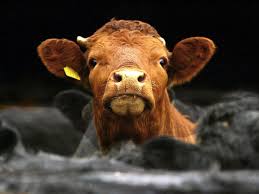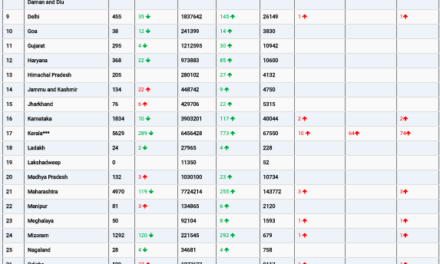A new strain of bird flu has been identified in dairy cows in Nevada, marking the second documented instance of the virus jumping from birds to cattle, according to the U.S. Department of Agriculture (USDA). This development has raised concerns among experts regarding the potential vulnerability of herds to the virus.
The latest infection involves a strain of H5N1, commonly known as bird flu, designated as D1.1. This strain has been circulating among wild birds and poultry. Until last year, scientists believed cows were not susceptible to avian influenza, but this discovery suggests otherwise.
“This is not what anyone wanted to see,” said evolutionary biologist Louise Moncla from the University of Pennsylvania, who specializes in avian influenza research. “We need to now consider the possibility that cows are more broadly susceptible to these viruses than we initially thought.”
The B3.13 strain of bird flu has already spread to more than 957 herds across 16 states, as per data from the U.S. Centers for Disease Control and Prevention (CDC). It initially made the leap from birds to cows approximately a year ago. Scientists had hoped that such transmissions were rare, but this new case challenges that assumption.
“I was kind of under the belief that the bird-to-cow movement was a pretty rare event,” said influenza expert Richard Webby from St. Jude Children’s Research Hospital in Memphis, Tennessee. The discovery of a new strain in cows, he added, is “a little bit of a ‘wow’ to me.”
Although health officials emphasize that the general public is not currently at risk, dairy workers who have close contact with infected cows could be vulnerable. The D1.1 strain has been associated with severe human infections in rare cases, including a fatality in Louisiana in early January after a resident handled sick birds infected with the strain.
Thus far, there has been no evidence of human-to-human transmission, but the virus has demonstrated the ability to mutate in human hosts. Concerns persist that cows previously infected with the B3.13 strain could become reinfected with D1.1, complicating containment efforts.
“It’s no longer just one virus,” Webby explained. “This, to me, suggests that it’s going to be a lingering problem.”
Public health authorities and veterinary experts continue to monitor the situation closely. The USDA and CDC are urging dairy farmers to remain vigilant and follow biosecurity measures to prevent further spread.
Disclaimer: This article is based on currently available information from health and government sources. Further research and official statements may provide additional details over time. Readers are encouraged to refer to the CDC and USDA for the latest updates on avian influenza.
For more information, visit the U.S. Centers for Disease Control and Prevention website.











